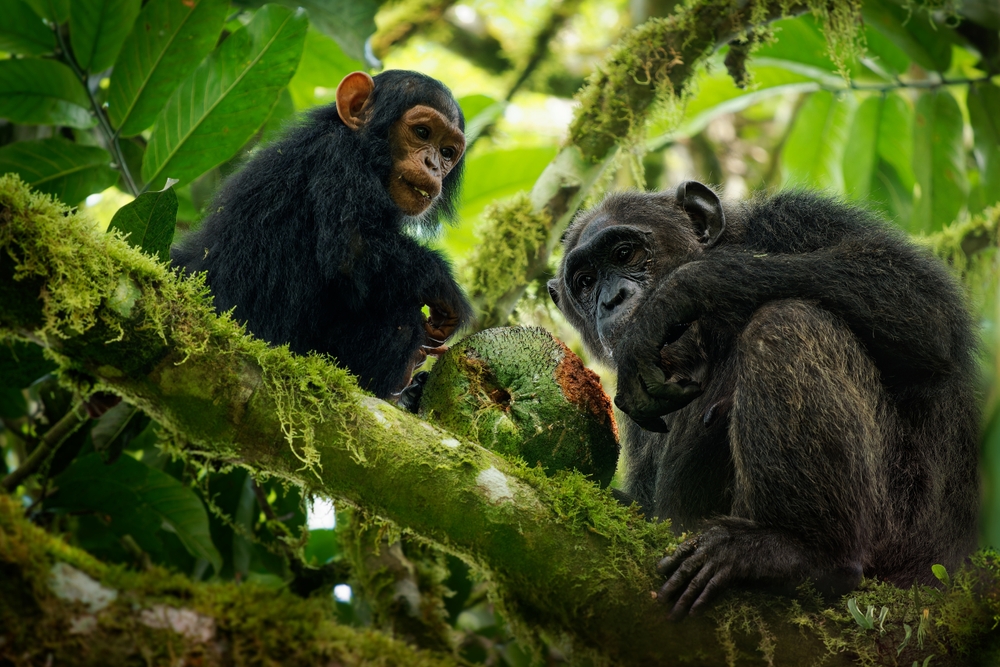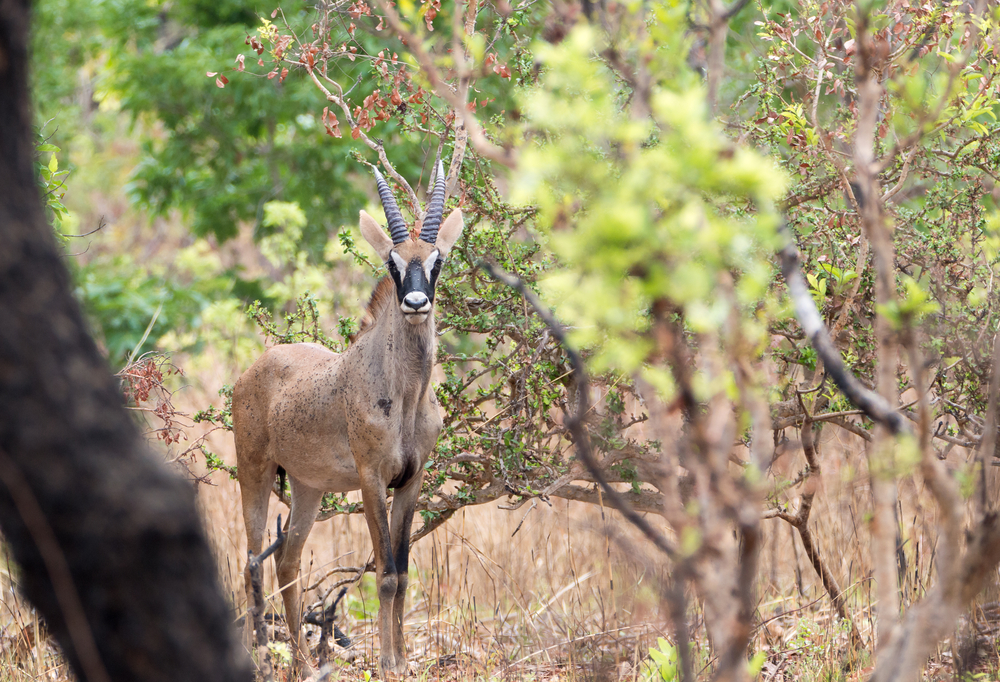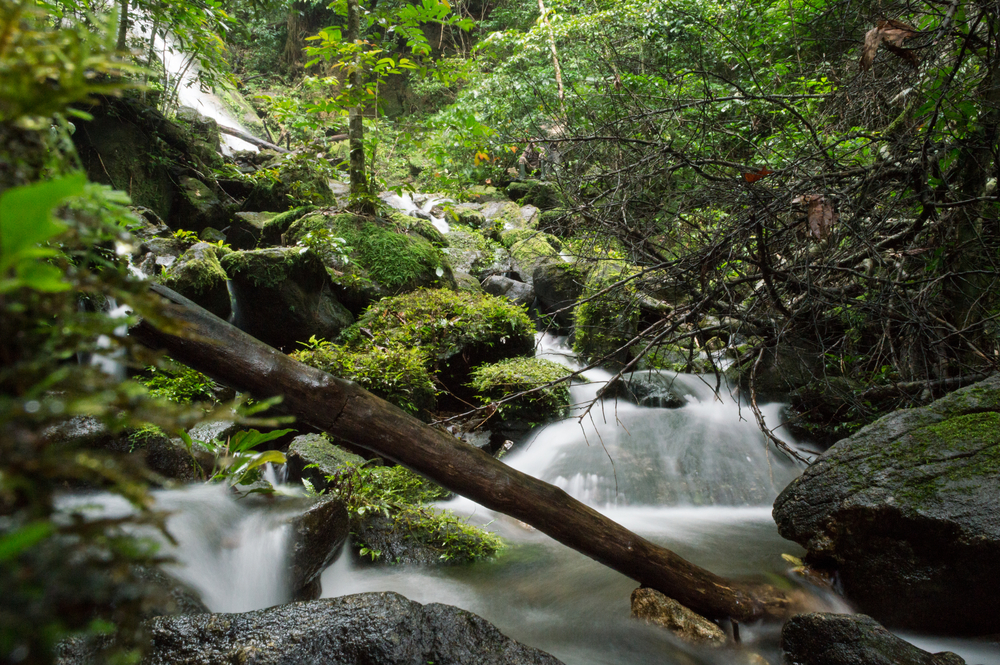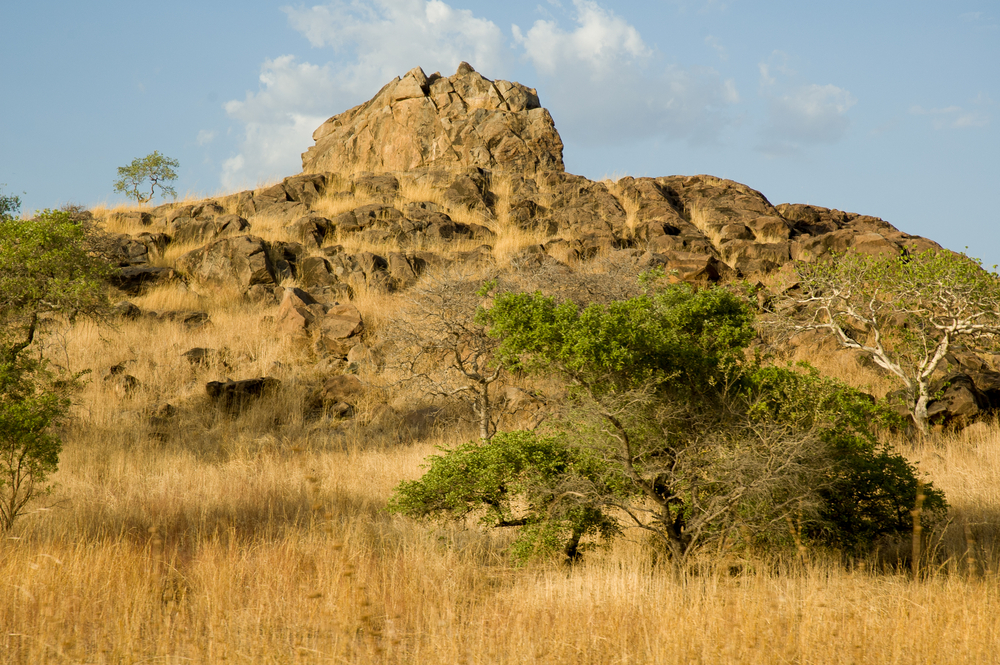Bakossi Overview
Bakossi National Park, located in the South-West Region of Cameroon, is a crucial conservation area established to protect the region’s rich biodiversity and cultural heritage. Locally referred to as “Parc National de Bakossi”, it spans approximately 29,320 hectares (113 square miles) and is part of the larger Bakossi Landscape. Established in 2007, the park serves as a refuge for unique flora and fauna while supporting the livelihoods of nearby communities.
The park’s terrain is diverse, featuring a combination of rolling hills, steep mountain slopes, and lush valleys. At its core lies the Bakossi Mountains, which provide a dramatic backdrop to the park’s pristine environment. Rivers and streams flow through the park, nourishing its ecosystems and creating riparian habitats. The vegetation is equally varied, with montane forests dominating the higher altitudes and lowland tropical forests and grasslands in the lower regions. This mix of habitats supports a wide range of plant and animal species, many of which are endemic to the area.
Bakossi National Park is a biodiversity hotspot, home to several rare and endangered species. Among its notable inhabitants are the forest elephants, drills, and Preuss’s red colobus monkeys. The park also harbors a remarkable variety of amphibians, reptiles, and bird species, including the endangered Mount Kupe bushshrike. Its flora includes a rich array of medicinal plants, orchids, and endemic trees, underscoring its ecological significance. The montane forest, in particular, is recognized for its high level of endemism.
Visitors to Bakossi National Park can engage with its natural beauty through guided hiking and birdwatching tours. The trails winding through the park’s forests and mountains offer breathtaking views and opportunities to encounter wildlife in their natural habitats. The rivers and waterfalls within the park provide serene spots for photography and relaxation. Cultural experiences with the Bakossi people add an enriching dimension to the visit, allowing visitors to learn about traditional practices and their deep-rooted connection to the landscape.
Despite its ecological and cultural importance, Bakossi National Park faces challenges such as illegal logging, agricultural encroachment, and poaching. The loss of forest cover threatens the habitats of many species and diminishes the park’s ability to provide ecosystem services such as carbon sequestration and water regulation. Conservation efforts led by the Cameroonian government, in collaboration with international organizations, aim to address these issues. Initiatives include anti-poaching patrols, community-based conservation programs, and habitat restoration projects. Promoting eco-tourism is also a priority to generate income and foster local support for conservation.
Bakossi National Park is a treasure of Cameroon’s natural heritage, offering a sanctuary for rare wildlife and a glimpse into the country’s ecological and cultural richness. Its diverse landscapes, iconic species, and community connections make it an essential area for conservation. Protecting Bakossi ensures the preservation of its unique ecosystems for future generations and contributes to global efforts to combat biodiversity loss and climate change.













































































